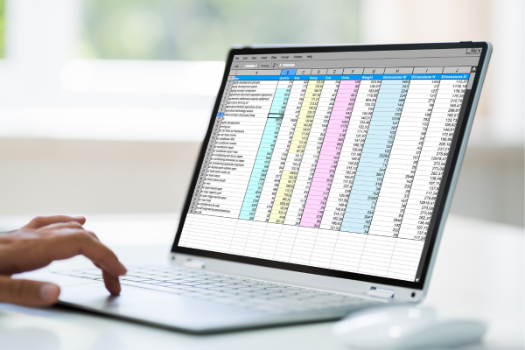.png)
Hard Costs vs. Soft Costs: The Hidden Budget Busters in Construction Projects
In construction, budgeting is crucial. Yet, many projects go over budget. Why? Often, it's due to hidden costs. Understanding the difference between hard and soft costs can help.
Hard costs are the physical expenses. Think materials, labor, and equipment. They're tangible and usually easier to estimate.
Soft costs, on the other hand, are intangible. They include design fees, permits, and insurance. These are often overlooked but can add up quickly.
Ignoring soft costs can lead to budget overruns. For instance, unforeseen permit fees or extended design phases can inflate costs unexpectedly.
By recognizing both hard and soft costs, you can plan better. This knowledge helps in creating a more accurate budget, reducing surprises down the line.
Let's delve deeper into what constitutes hard and soft costs, and how to manage them effectively to keep your construction projects on track financially.

Understanding Hard Costs
Hard costs are the direct expenses tied to the physical construction of a project. These are the costs you see on-site.
Examples include:
Materials: Concrete, steel, wood, and other building materials.
Labor: Wages for construction workers and subcontractors.
Equipment: Rental or purchase of machinery like cranes and bulldozers.
Site Work: Excavation, grading, and landscaping.
These costs are generally easier to estimate. They're tangible and often have market rates. However, prices can fluctuate due to supply and demand or unforeseen circumstances like natural disasters.

Managing hard costs involves:
Detailed Planning: Having clear blueprints and specifications.
Vendor Negotiations: Securing fixed-price contracts when possible.
Contingency Funds: Setting aside a percentage of the budget for unexpected expenses.
By keeping a close eye on these costs and planning accordingly, you can minimize overruns and keep your project within budget.
Understanding Soft Costs
Soft costs are the indirect expenses not directly tied to physical construction. They often occur before or after the building phase.
Examples include:
Architectural and Engineering Fees: Costs for designing the project.
Permits and Inspections: Fees required by local authorities.
Legal and Accounting Services: Professional services to ensure compliance and financial accuracy.
Insurance: Coverage for various risks associated with construction.
Financing: Interest on loans and other related charges.
These costs can be harder to estimate. They often vary based on project complexity and location. For instance, permit fees can differ significantly between municipalities.
Managing soft costs involves:
Early Identification: Recognizing all potential soft costs during the planning phase.
Regular Reviews: Monitoring these expenses throughout the project.
Professional Advice: Consulting with experts to get accurate estimates.
Ignoring soft costs can lead to significant budget overruns. By acknowledging and planning for them, you ensure a more comprehensive and realistic budget.
The Hidden Budget Busters
Even with careful planning, certain costs can sneak up and derail your budget. These hidden expenses often fall under both hard and soft costs.
Common hidden costs include:
Change Orders: Modifications during construction can lead to additional expenses.
Delays: Weather, supply chain issues, or labor shortages can extend timelines and increase costs.
Site Conditions: Unforeseen issues like poor soil quality or hazardous materials.
Regulatory Changes: New laws or codes requiring adjustments to plans.
Utility Upgrades: Unexpected needs for additional power, water, or sewage capacity.

To mitigate these risks:
Conduct Thorough Site Assessments: Identify potential issues early.
Include Contingency Funds: Allocate a portion of the budget for unexpected costs.
Stay Informed: Keep up with local regulations and industry trends.
Maintain Open Communication: Regular updates with all stakeholders can catch issues early.
By proactively identifying and planning for these hidden costs, you can avoid unpleasant surprises and keep your project on financial track.
Conclusion
Understanding the distinction between hard and soft costs is vital for successful construction budgeting. While hard costs are tangible and often easier to predict, soft costs can be elusive yet equally impactful.

Hidden expenses, if not anticipated, can derail even the most meticulously planned projects. By acknowledging all potential costs, conducting thorough assessments, and maintaining open communication, you can create a realistic budget.
Remember, comprehensive planning is your best defense against budget overruns. Recognize all costs, plan for contingencies, and stay informed to ensure your construction projects are financially successful.